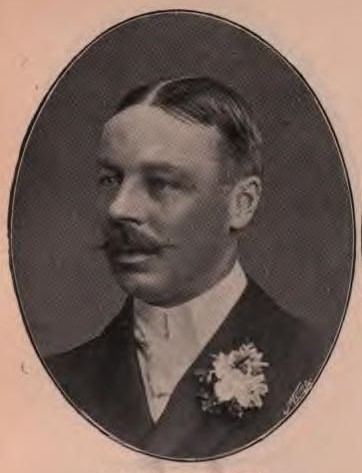Type of constituency Borough constituency | Number of members One Number of members Two Created from Lancashire | |
 | ||
Replaced by | ||
Lancaster was a constituency of the House of Commons of the Parliament of England then of the Parliament of Great Britain from 1707 to 1800 and of the Parliament of the United Kingdom from 1801 to 1867, centred on the historic city of Lancaster in north-west England. It was represented by two Members of Parliament until the constituency was disenfranchised for corruption in 1867.
Contents
Under the Redistribution of Seats Act 1885, Lancaster was re-established for the 1885 general election as a county constituency. It then returned one Member of Parliament to the House of Commons of the Parliament of the United Kingdom, with elections held under the first-past-the-post system. This constituency in turn was abolished when it was largely replaced by the new Lancaster and Wyre constituency for the 1997 general election.
History
Lancaster returned Members to Parliament between 1295 and 1331 but is not known to have done so again, on the grounds of the poverty of the town's burgesses, until the election of William Banester in 1523.
Representation was reduced during the protectorate: Lancaster was not represented in the Barebones Parliament and sent only one Member to the first and second Protectorate Parliaments.
The two Member constituency was disenfranchised in 1867 for corruption and representation not restored until 1885 as a one Member constituency. The constituency was finally abolished in 1997 and replaced by the constituency of Lancaster and Wyre.
Boundaries
1885-1918: The Municipal Borough of Lancaster, the Sessional Divisions of Garstang and Hornby, and part of the Sessional Division of South Lonsdale.
1918-1950: The Municipal Boroughs of Lancaster and Morecambe, the Urban Districts of Heysham and Preesall, the Rural District of Garstang, and part of the Rural District of Lancaster.
1950-1983: The Municipal Borough of Lancaster, the Urban District of Carnforth, the Rural District of Lunesdale, and in the Rural District of Lancaster the civil parishes of Ashton with Stodday, Cockerham, Elllel, Heaton with Oxcliffe, Middleton, Overton, Over Wyresdale, Scotforth, and Thurnham.
1983-1997: The City of Lancaster wards of Bulk, Castle, Caton, Ellel, Hornby, John O'Gaunt, Scotforth East, Scotforth West, Skerton Central, Skerton East, and Skerton West, and the Borough of Wyre wards of Brock, Calder, Catterall, Duchy, Garstang, Great Eccleston, Pilling, and Wyresdale.
Elections in the 1910s
General Election 1914/15:
Another General Election was required to take place before the end of 1915. The political parties had been making preparations for an election to take place and by the July 1914, the following candidates had been selected;
Elections in the 1930s
Elections in the 1940s
General Election 1939/40:
Another General Election was required to take place before the end of 1940. The political parties had been making preparations for an election to take place from 1939 and by the end of this year, the following candidates had been selected;
